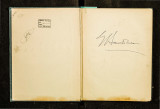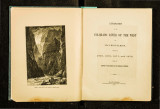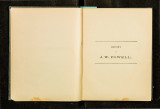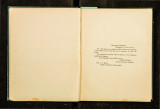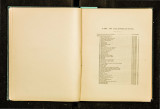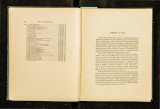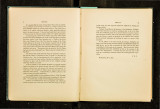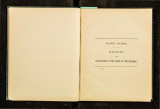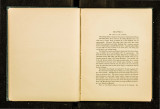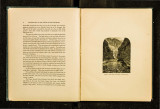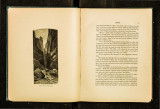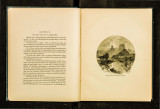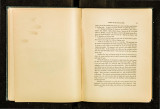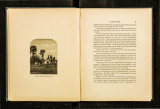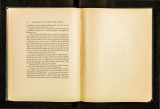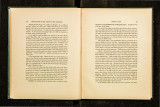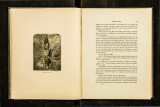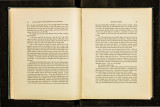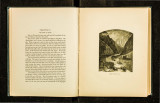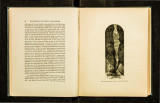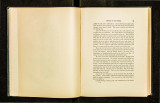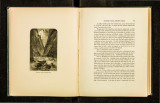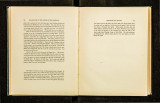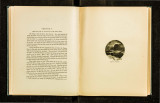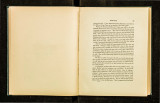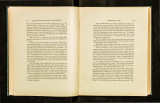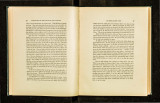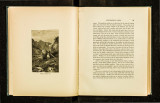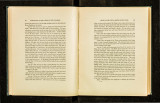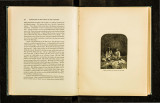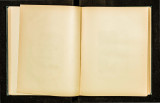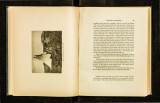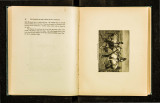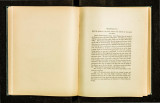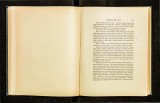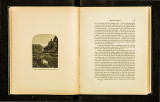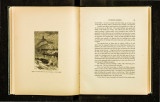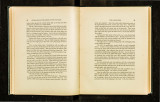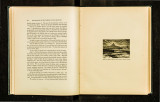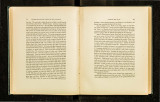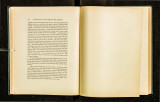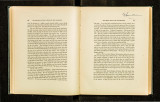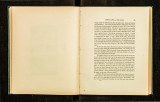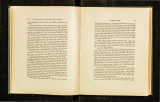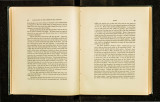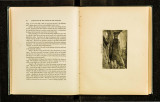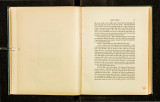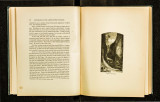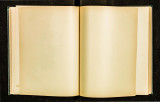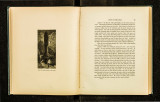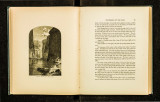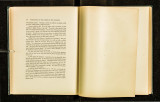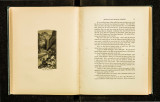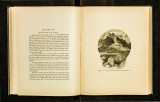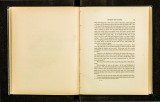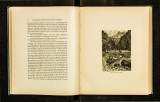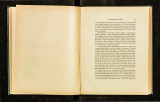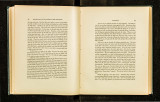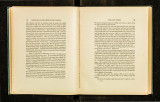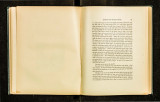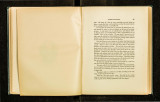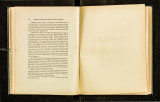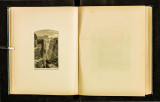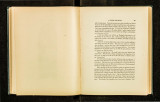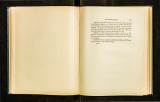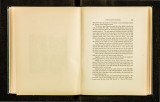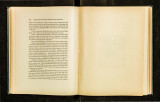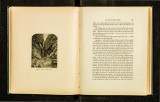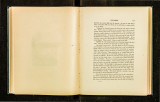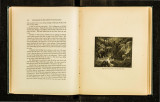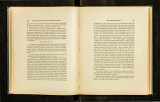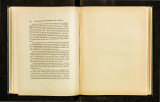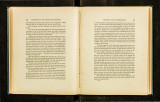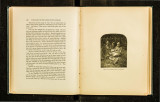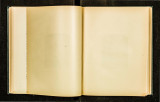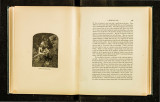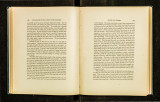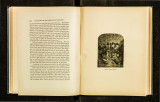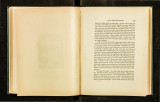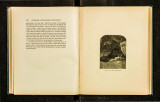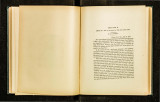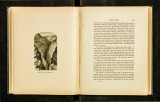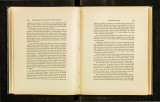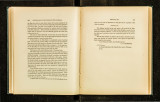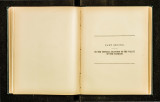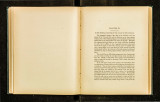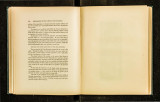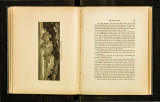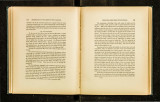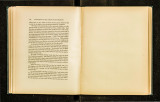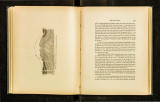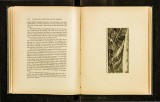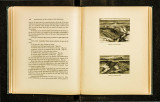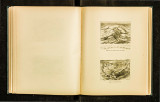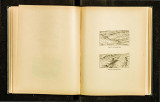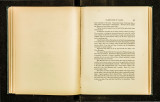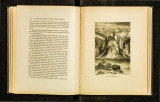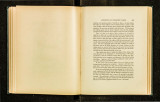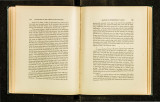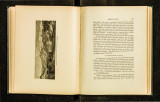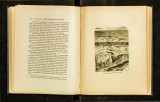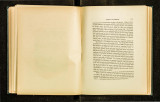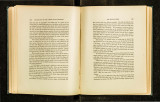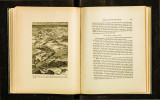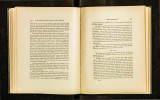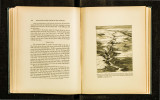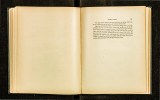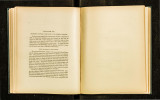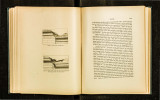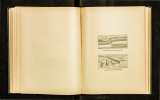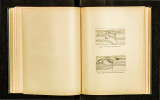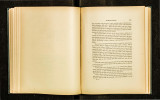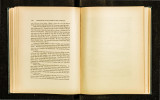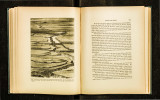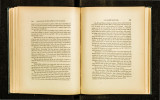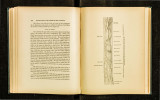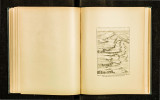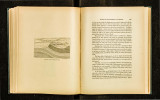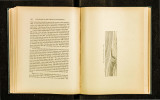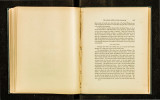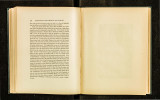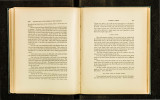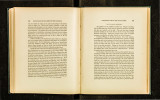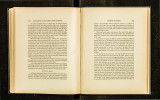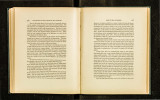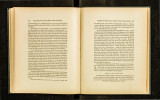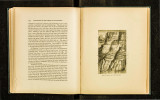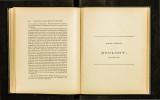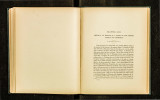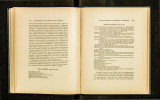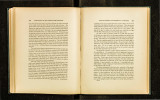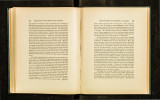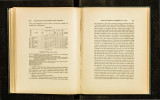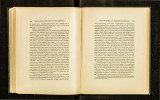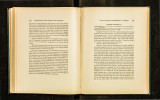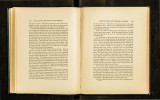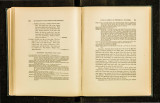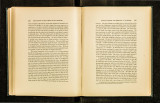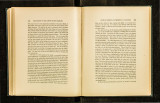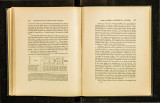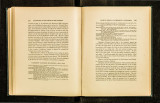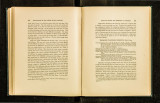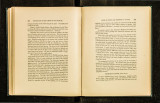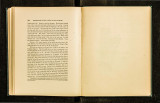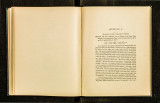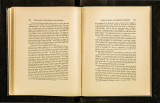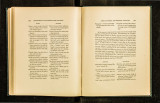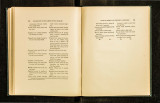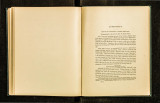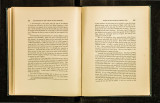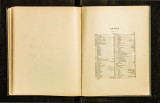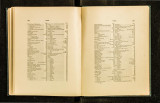| OCR Text |
Show 256 EXPLORATION OF 'l'BE OA:RONS OF THE COLORADO. ~he extreme of this race as above described, characterized by the purity of :he gray and brown sl1ades, absence of any decided reddi h cast, ancl purewhite feet, tail, aud throat. Specimens fmm Selkirl\ Settlement and tht• Assiniboine region are ideutical. Others, from Idaho, Nevada, and Utah, are too nearly similar to aclmit of any intelligible noting of differences; though, as might be expected, there is a slight tendency to the characters of bulbivorus. A few specimens before me from Southern and Western Dakota, being those that Baird referred to "rufescens,'' with one from California, which he placed under "borealis," and one lately received from Fort Benton, Montana, arc more decidedly reddish-brown than any of the ahovc. They are unquestionably exactly what Maximilian called "rufescens." They are all consiocrably smaller than average talpoides; and, if I could satisfy myself that they ~c~·c full-grown, something more would have to be saio upon the subject. As tt JS,. however, I can make out no satisfactory distinctions from ordinary talpouks. There are only five or ix of these small rufous specimens before me; fuller series may indicate some tangible distinctions. The following measurements indicate the average dimensions~ and, to some extent, the variation, of t.his species: 11515 llfl17 11518 11520 llfl22 ~ ~--.--.--.-----1 '() . J----1 Q From til' of noso to- ~ Length of- Locality. "0 IQ f Sox. ..J 2 ,E ..J ~ ~ Nature of [ .S .S ~ ~ ! specimen. ~ ~ '8 ":: :-.:l f ] ~ ~ ~ 0 ~ ~ ~ ~ 0 ---- - ---- - --------1-.-..:l 1'--- Souris River, Dakota.... x Pembina, Dakota . . . . . . . ~ Poml:inn, Dakota . . . . . . . ! Pombion, Dakotn. . .. . . .. ! PCiu bi nu, Dukotn . . . . . • . ! 1. 00 1. 60 1. 75 7. 00 2. 50 1. 25 1. 25 0· 7f> 1. 40 1. 60 6. 25 2. 75 1. 15 1. 25 0. 90 1. 60 1. 70 7. 50 2. 50 1. 20 1. 20 0. 90 1. 50 1. 90 7. 25 2. 7() 1. 25 1. 20 0.95 1.60 1.80 7.00 2.60 1.25 1.20 0.55 0.55 0.50 0.45 0.65 Fresh. l''rosh. Fresh. Fresh. Fresh. N01'J£.-Tho foro~oing specimens all adult taken th carefully measured in tho fiosh by myso,lf Otb' . o saruo season (Juno to September, 1873), wore · or spccuncns ft·om tho · fl esh, curry t.bo limits of total length from about 6 t b t 8 '. _same rogton, not mou.surcd in tho ation in otho•· parts. Tho tail is t.nkon from 't t. o o.u oo . lDohos, With o. corresponding range of vnri< lri<·cl Mtat(l. Tho wuigltt of thcl!e Mtw<··,,,,h,,~ ~ s auof uso-tt upponrs auout hnlf an inch shorter in tho . , ,, tnll~<.'s I'OIIt (ito 7 01 • Tl . r, IIIChos; oft ho uclly, 6.f>O. No. 11517 0 I. 12 . • . ~IICt~. HI gu-th of tho chest is about WI . I • I ull!l toats-2 PUll'~ -~xtllat• 2 - lOll folly du:~touded, in tho fresh state tho 'tltb • y, pan·s pectoral, 2 pairs iogninn.l tho body. ' . wt acroS!I tho ohcok-ponchos it~ tllo greatest dia.motor of COUES ON GEOMYS AND TBOM:OMYS-T. TALPOIDES. 257 Di8tr-iJ.~c.atolt.-Th e mo~t northern ~pccim~n I have seen is from t he Assiniboine H.ivcr; the species is supposed to range from Hudson's Bay to the Hocky Mountains in British America (northern limit unknown). In the United States, I have specimens from Minnesota, Dakota, Montana, Idaho, Nebraska, Wyoming, Nevada, and Utah. The southern limit is likewise unknown, but inferred to be somewhere along the middle of the United States. Its range, probably, does not inosculqte with that of T. umbrinus; at any rate, I have seen nothing intermediate in character from anywhere in the Interior. The approach to umbrinus ·ccms to be only made in the Pacific province, through bulbiv01·us. Talpoides exists fairly westward of the main chain:s of the Rocky Mouutains; but no Tlwmomys of this style is known from immediate Pacific slopes. It meets and inosculates with the Northern style of bulbivorus ('' douglasi'') in the Columbia River region. Synonymy.-The name '' talpoides,'' coupled with various generic terms, is of frequent appearance in works on natural history; but, so far as I know, everything relating to it is pure compilation, the species never having been hitherto act ually identified. The sole advance upon Richardson's original accounts is Audubon's figure of the type-specimen. A difficulty in the way of i<lcntifying Richarclson's animal seems to have been an expression he used with regard to the number of digits. But it is morally certain that no such difference exists in the genus Thomomys. I n some other cases, as in Murida; and Sciurid~, strict interpretation of Richnrdson's remarks in this regard would throw his species out of the question ; for he speaks more than once of four perfect digits, and a rudimentary one, as in this very case. The diagnosis in the Fn. Bor.-Am. is: "grayish-blacl\, with white chin, throat, and tail, and only four perfect toes on the hind feet.'' The expression "cinerasccnti- niger'' is no obstacle; for here, as in the genus Geomys, there is a plumbago-state of pelage. The "white chin, throat, and tail" are diagnostic, in fiwt, of the animal I here describe, and inapplicable to any other. These tncts, especially when coupled with the locality a~signed (Hudson's Bay), leave uo rlouht in my mind that this is the species indicated by Richard on. Furthermore, Aurluhon's figure from Uichardson's type is an unusually fai t hful represeutation. I consider this point established. The next names in point of date are "borealis'' and ''townsendii,'' both 33 OOL |



